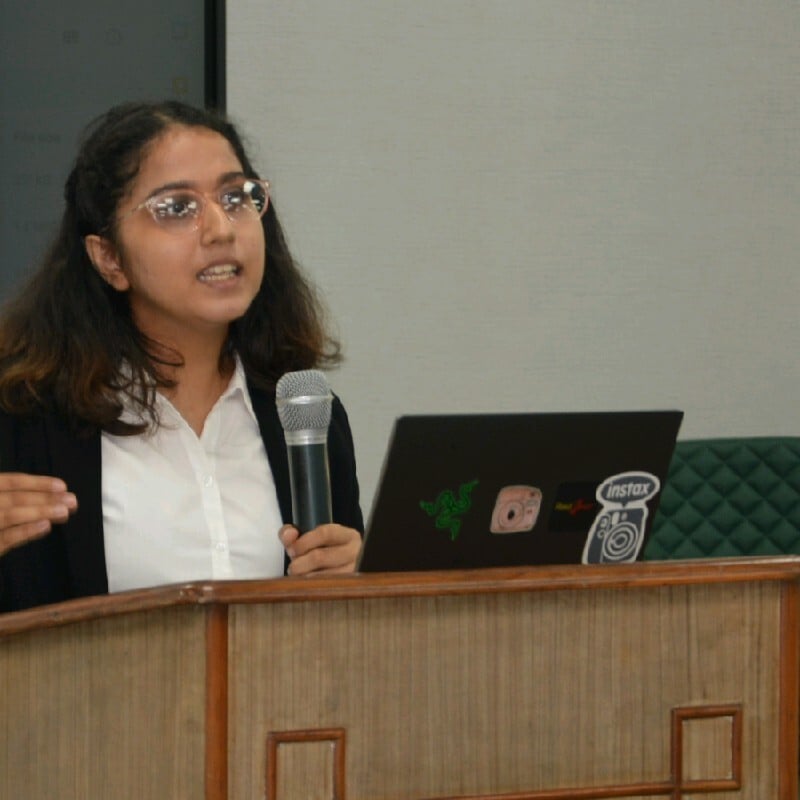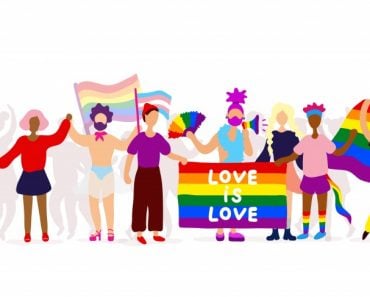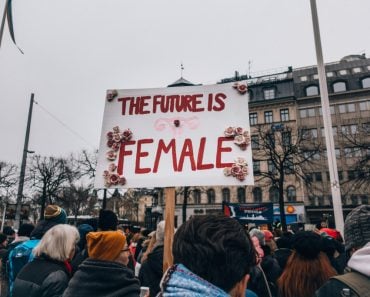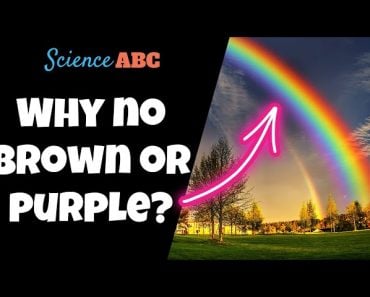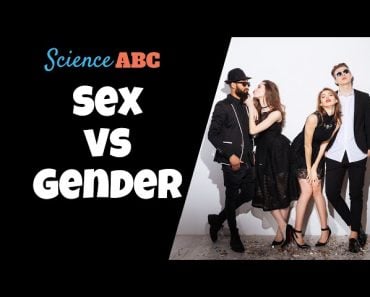Table of Contents (click to expand)
The pink triangle is a reminder of the persecution faced by homosexuals and is now widely recognized as a symbol of LGBTQ+ rights.
In the 1970s, when the LGBTQ+ Movement was gaining prominence in the United States, both in public consciousness and civil society, the movement tried to harness the power of symbols to assert pride. In addition to the Rainbow Flag, pink triangles started to pop up among protests, marches, and political campaigns (not to mention in popular media… The Rocky Horror Picture Show has Dr Frank N. Furter wearing it).
The pink triangles also became associated with the HIV and AIDS stigma that the LGBTQ+ movement fought against.
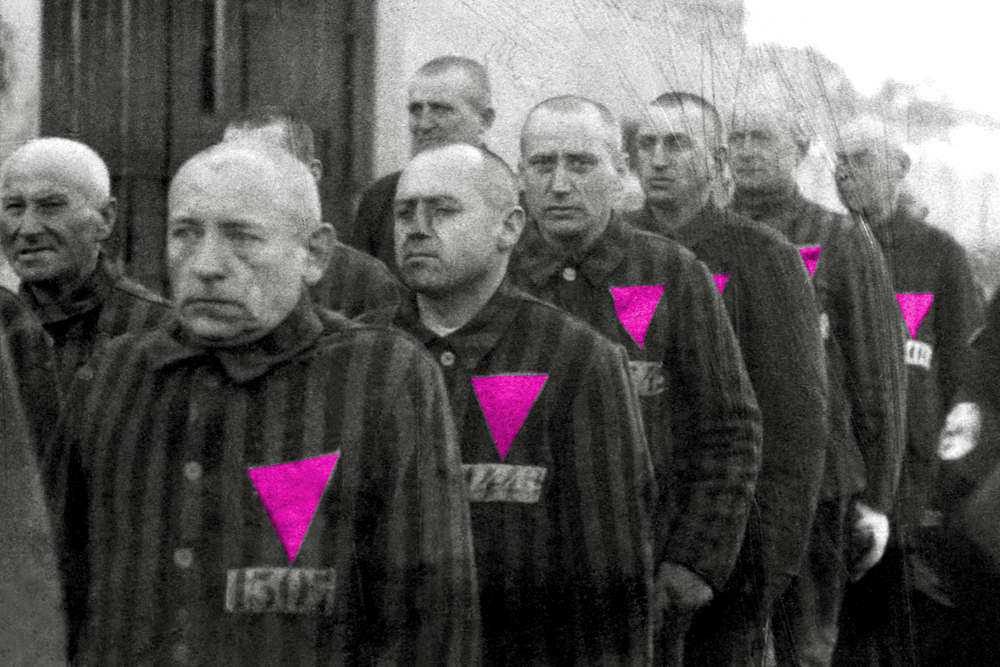
Because the symbolic value of an object transcends the object itself, the pink triangles were also used to evoke the memory of the horrors of the Holocaust and the resistance and solidarity shown during the Second World War by gay men in Nazi Germany. The triangles also had an emancipating effect on the wearers, who were essentially publicly asserting their alignment with the movement.
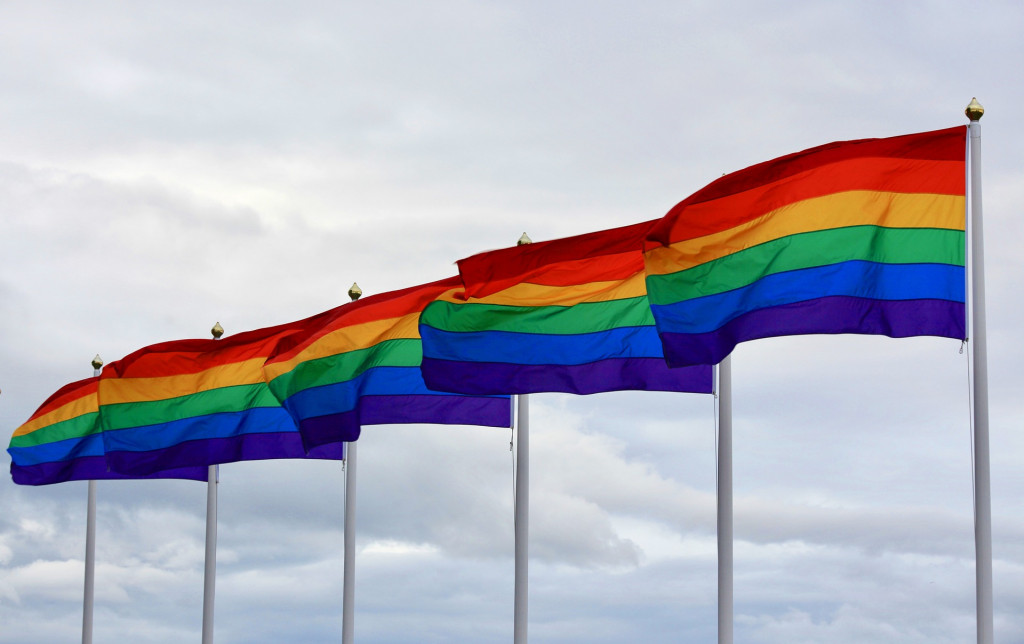
Recommended Video for you:
What Are The Pink Triangles?
The inverted pink triangles were used as a symbol of shame under the Nazi regime, similar to the yellow Star of David. Those marked as gay men were identified by the badge sewn into their clothing, along with those who were arrested for incest or pedophilia.
Perhaps even the color of the triangle was chosen as an insult to the prisoners, who were seen from a place of stereotypical attribution of feminine traits and tastes to gay men.
While the act of sexual intercourse between two men was prohibited in Germany even before the Nazis came around, the actual enforcement of the law had been weak at best. The criminalization of sexual intercourse between two consenting men because of its perception as an act against the natural order of things emanated from a strictly heterosexual orientation of the society, such that the sexual restrictions in most jurisdictions affected acts between two men, with little regard for women, and none for anyone who identified outside this binary.
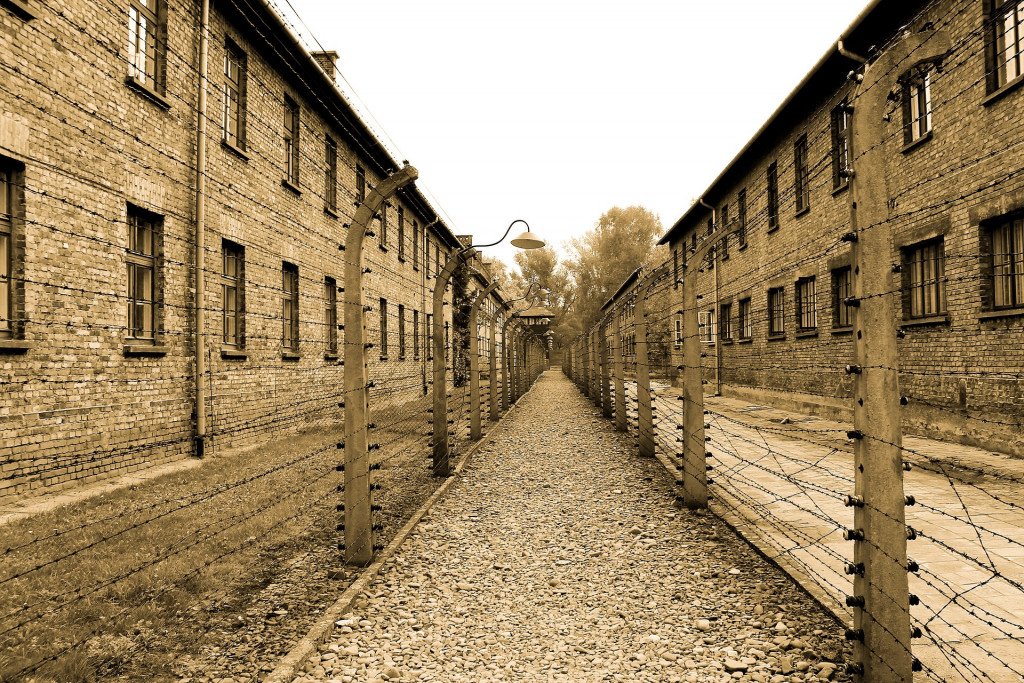
The enforcement was difficult, as the sexual preferences of a person were generally considered to be outside the purview of the law. Pierre Elliott Trudeau, the Canadian Prime Minister who decriminalized homosexuality in the country, said that the state had no business in the bedrooms of the nation, and it seemed that most states agreed.
Gay bars and outlets had flourished, and most big cities allowed for some sort of safe spaces for homosexuality to be expressed (though they were monitored). However, homosexual men were seen by the Third Reich as a hindrance to their cause of proliferating the pure Aryan race, and thus a threat to an agenda that formed a central part of Hitler’s politics.
This is why a harsh and ruthless policy was adopted towards homosexual men. Deported to concentration camps, the captors of these men subjected them to dreadful torture and abuse (they were kept segregated for fear of spreading the homosexual ‘disease’ and often, castrated), which included slave labor, medical research, and execution. The existing prejudice against homosexuals was exploited to create a greater degree of apprehension and rejection of their involvement in society, while existing research on sex was either discouraged from seeing the light of the day, or completely destroyed.
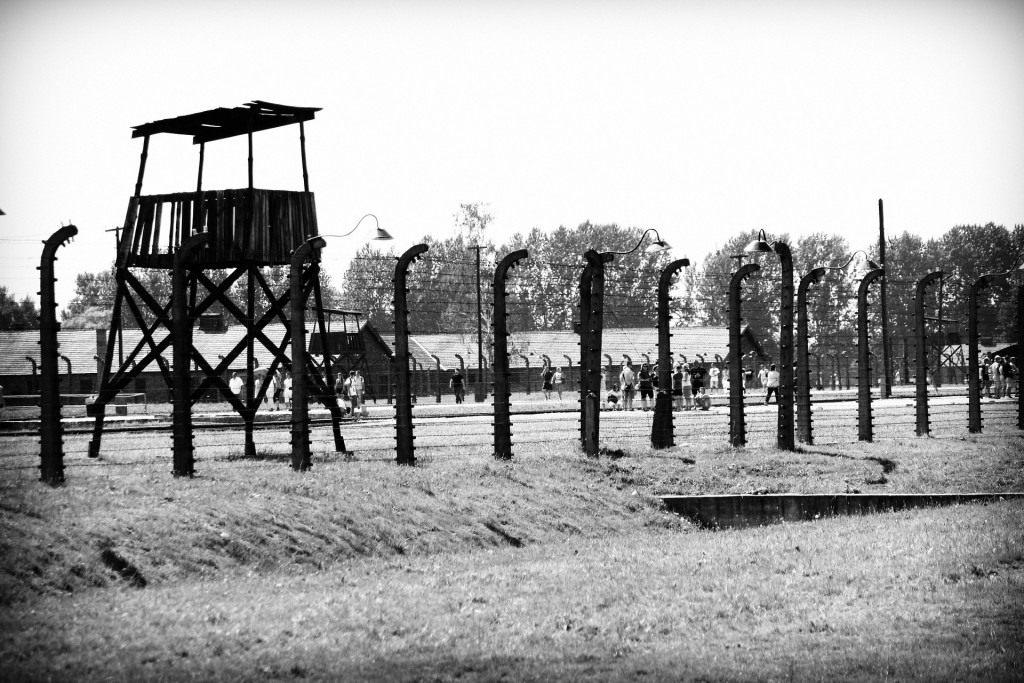
Why Was This Part Of History Silenced?
One of the major loopholes in historiography (the study of the historical process and how it is created and written) is that the kind of literature that flourishes depends on factors beyond the scientific endeavors in the field. Social and political considerations suppress certain historical facts and events from entering the public consciousness.
At the end of the Second World War, the conversation on homosexuality in the public sphere had pejorative connotations, with orthodox sections of the society rejecting it, so the plight of these men was restricted to shadow literature that rarely surfaced in public circles. In a society willing to ignore the concerns (and sometimes even deny acknowledging the presence) of homosexuality, the oppression of homosexuals generated little academic traction or public attention.
Conclusion
The pink triangle represents the trauma, ideals and aspirations of the LGBTQ+ community and their struggle for recognition and rights. It also serves as a sign of optimism and hope for a future where everyone can live freely. It reminds us that there is still work to be done in furtherance of the possibility of a world in which everyone can live truly and freely, regardless of their sexual orientation or gender identity.
References (click to expand)
- Haeberle, E. J. (1981, August). Swastika, pink triangle and yellow star—the destruction of sexology and the persecution of homosexuals in Nazi Germany. The Journal of Sex Research. Informa UK Limited.
- Jensen, E. N. (2002). The Pink Triangle and Political Consciousness: Gays, Lesbians, and the Memory of Nazi Persecution. Journal of the History of Sexuality. Project Muse.
- (2002) Gays, Lesbians, and the Memory of Nazi Persecution - JSTOR. JSTOR
- Plant R. (2011). The Pink Triangle: The Nazi War Against Homosexuals. Henry Holt and Company

